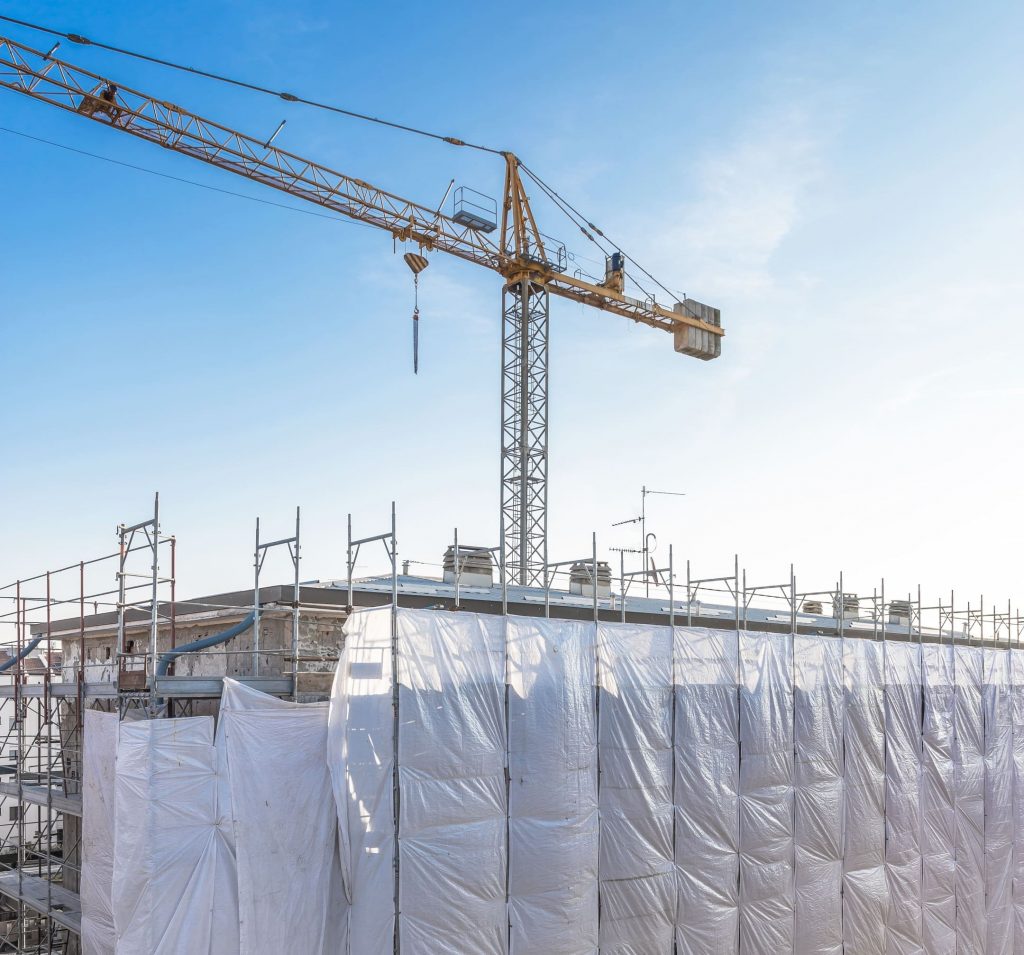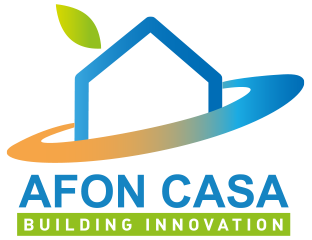
The Traditional Panel System
The panel system is considered by many designers to be the most popular system but at the same time the most obsolete as it is affected by multiple criticalities.
Due to its wide diffusion in the past years, it has been possible to appreciate its merits but especially its shortcomings that characterize this type of insulation system.
Many argue that its wide diffusion, considering its criticalities, depends heavily on its large-scale popularization and publicization, including through special industry associations aimed at discrediting manufacturers of insulation materials that deviate from such a system.
However, the flaws found on such a system over the years have prompted the authors of such disclosures to draw up intervention manuals to resolve the damage and deterioration that these systems suffer, even a few years after their implementation.
Limitations of the Panel System
The criticalities of panel systems are now known to owners and designers, who over the past few years have preferred to look for more effective alternatives in line with the progress of technology and experimentation.
The panel system, which has remained unchanged for more than 40 years, has seen the thickness required by the regulations increase to 140-200 mm, impacting urban planning and building aspects, as well as the ancillary costs of retrofitting (thresholds, eaves, shutters, downspouts).
In addition, the panels that constitute such a system suffer a sharp decay in insulating properties as temperature increases, limiting their effectiveness to the winter period only.
The Influence of Climate Change
Regulations 10 to 15 years ago were less restrictive, allowing for smaller thicknesses between 60 and 100 mm. However, climate change over the past 15 years, caused by anthropogenic action, has resulted in an increase in land temperatures, making it necessary to intervene during both winter and summer to achieve real energy savings.
For this reason, Eng.
Lanza, an expert in materials chemistry, has formulated a viable alternative to the traditional system, with improved characteristics in terms of quality, durability and safety.
In 2010, Afontermo was introduced to the market, whose success has been global thanks to its seven features in one product.
Afontermo: The Solution to the Panel Problem
Afontermo is a thermo-reflective material, capable of reflecting the thermal wave, minimizing heat fluxes and maintaining the indoor comfort of rooms in both winter and summer, with low thickness. In addition to thermal aspects, Afontermo has other key features that differentiate it from the panel system: breathability, fire resistance, homogeneity and impact resistance. When evaluating thermal insulation, not only conductivity is important, but also healthiness, safety and durability.
Afontermo is the ideal solution for energy efficiency and building security, providing greater weather resistance than traditional systems.


